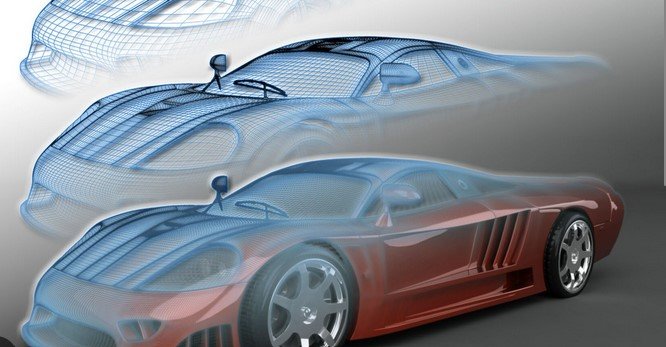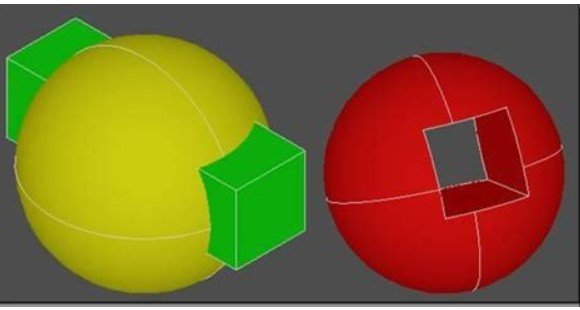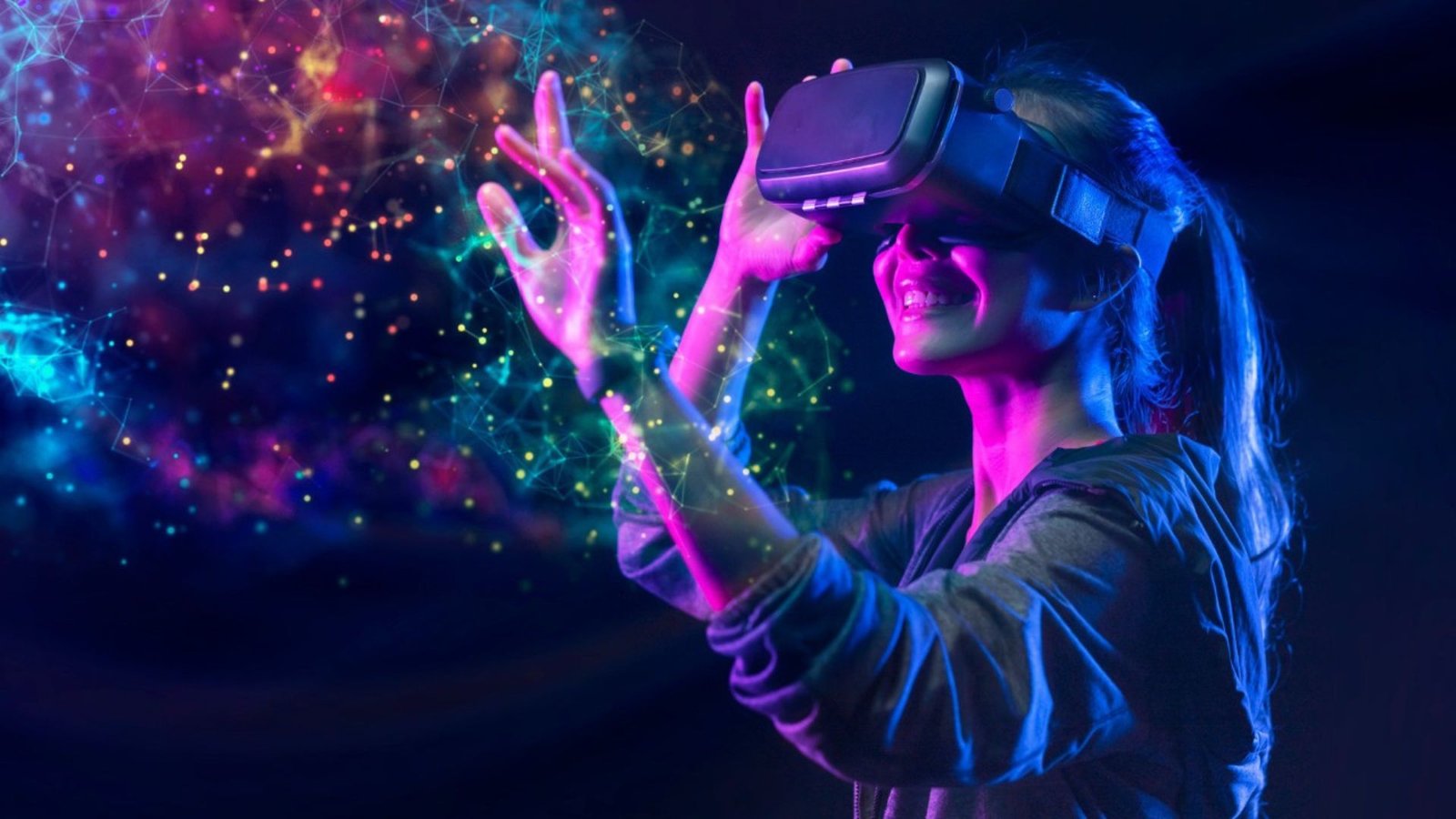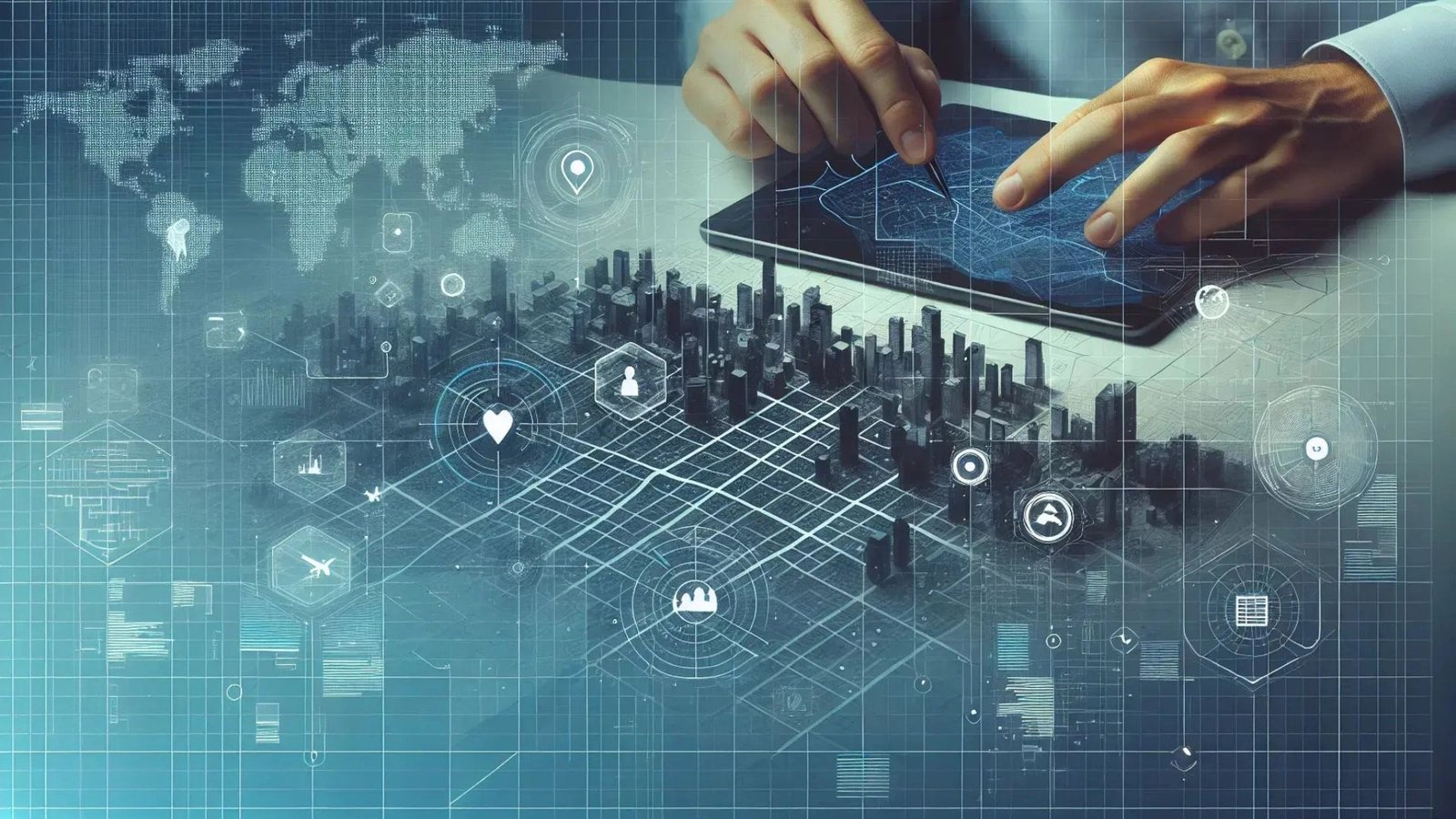Geometric informatics plays a crucial role in modern 3D design. The field combines computational geometry and spatial data analysis to solve complex problems in creating and manipulating 3D objects. This post will explore how geometric informatics enhances 3D design processes, including modeling, rendering, animation, and optimization. With the evolution of technology, geometric informatics is shaping industries such as gaming, architecture, engineering, and film production.

Geometric Informatics in 3D Modeling
3D modeling is the process of creating digital representations of objects or environments in three-dimensional space. Geometric informatics is at the heart of this process, providing the tools and algorithms needed to construct precise 3D models. Through geometric data structures and computational geometry, designers can create detailed shapes and complex structures.
In 3D design, algorithms such as Bézier curves and NURBS (Non-Uniform Rational B-Splines) allow for smooth and accurate representation of curves and surfaces. These mathematical representations enable designers to manipulate objects more effectively. As a result, geometric informatics helps streamline the modeling of both simple and complex shapes.
Enhancing Rendering Techniques
Rendering is the process of generating a 2D image from a 3D model. This process involves simulating light, shadow, textures, and materials to create lifelike visuals. Geometric informatics enhances rendering by optimizing algorithms that handle lighting, reflection, refraction, and texture mapping.
For example, ray tracing, a rendering technique based on geometric principles, simulates the way light interacts with objects in a virtual scene. This results in more realistic images. By improving geometric algorithms used in rendering, geometric informatics allows for faster processing times and higher-quality graphics in applications such as video games and movies.
Animation and Geometric Transformations
Animation in 3D design involves creating movement and transitions between different frames of a 3D model. Geometric informatics simplifies this process by providing the mathematical foundation for geometric transformations. These transformations include translation, rotation, scaling, and shearing.
Using geometric informatics, designers can apply these transformations efficiently across multiple frames of an animation. For example, keyframe animation utilizes geometric principles to define the positions and shapes of objects over time. This technique is widely used in industries such as gaming, film, and virtual reality (VR), where fluid, realistic animations are essential.
Optimizing 3D Models for Performance
In 3D design, optimizing models for performance is a critical task. Geometric informatics plays a major role in ensuring that models are both accurate and efficient. Large 3D models with intricate details can be resource-intensive and may slow down applications such as video games and simulations.
Geometric informatics offers solutions such as mesh simplification and level-of-detail (LOD) algorithms to improve performance. These techniques reduce the number of polygons used in a model while maintaining visual fidelity. By using geometric data structures and algorithms, designers can ensure that 3D models are optimized for fast rendering and smooth interactions in real-time applications.
Geometric Informatics in Virtual Reality and Augmented Reality
Virtual reality (VR) and augmented reality (AR) are revolutionizing how we experience 3D design. Geometric informatics enhances these technologies by providing the tools to create realistic and interactive environments. In VR and AR, accurate geometric models are necessary for users to interact with digital objects in real time.
Geometric informatics helps improve object tracking, spatial recognition, and collision detection in VR/AR environments. For instance, algorithms that detect object boundaries and track movements allow virtual objects to react seamlessly to user input. As VR and AR technologies continue to advance, geometric informatics will be vital in developing more immersive and realistic experiences.
Conclusion
Geometric informatics is integral to modern 3D design, driving advancements in modeling, rendering, animation, optimization, and virtual environments. By providing the mathematical and computational tools necessary for accurate and efficient design, it enables designers to create stunning visuals and interactive experiences. As technology continues to evolve, geometric informatics will remain a cornerstone of innovation in 3D design across industries such as gaming, architecture, film, and virtual reality.




